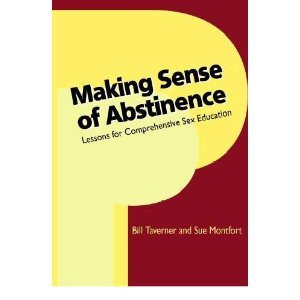
(photo by Frank de Kleine, via Flickr)
Public opinion on the most effective means of sex education has been split for years and, in fact, sex ed as we know it today originated from an explosion in teen pregnancy rates in the 1960s and ’70s, followed swiftly by the AIDS crisis. At the time, as a response to what was seen as a growing health crisis, school officials began to consider how they could educate the public about HIV and AIDS, and federal government eventually gave their stamp of approval to the Title V State Abstinence Education Grant Program.
Billions of dollars in federal money have since been spent on this program, which promotes abstinence until marriage and talks about contraception only in terms of their failure rates. And though these programs have since been found to be ineffective, they still receive significant federal funding, leading to inconsistencies in sex education offerings across the country.
Which is why there continue to be studies on the efficacy of such programs.
In the most recent contribution to the research literature, an article published in the Journal of Marriage and Family shows that young adults who have taken virginity pledges have significantly worse reproductive health outcomes than those who haven’t. In short, unmarried adolescent girls and young women who took vows of chastity, and then broke those vows, were more likely to get pregnant or become infected with human papillomavirus (HPV). Another trend revealed by the study is the fact that those who pledged abstinence until marriage were more than 50 percent more likely to end up having an unplanned pregnancy. Researchers behind the study believe this is because those who are taught that contraception is ineffective (a common tenet within abstinence-only education) are less likely to use it when they do become sexually active.
Another recent study, the results of which were published in Health Affairs, shows that funding for abstinence education has not led to reductions in HIV risk behavior.
According to NPR, the U.S. has spent more than $1.4 billion on abstinence programs in Africa over the past 12 years, as part of the President’s Emergency Plan for AIDS Relief. While many aspects of the programs are considered to have been successful, the abstinence programs themselves have had less success.
According to this latest study, PEPFAR funding has not been associated with changes in young people’s choices about sex, and there are no detectable differences in the rates of teenage pregnancies, average number of sexual partners, and age at first sexual intercourse in countries that have received PEFPAR money compared with those that haven’t.
For more coverage of these studies, click here, here, and here.





